Last century, flat roof selection and design was simple. The product was black and a single layer would suffice. Substrates, insulation and condensation were often not considered important to the performance of the membrane roof. Furthermore, once installed, flat roofs were often forgotten about with little or no maintenance.
For many consumers, membrane waterproofing and flat roofs developed a bad reputation. With hindsight, we can also see that this reputation grew from the use of inappropriate products and substandard installation.
Recently, flat roof systems and product technology have grown more complex. Flat roofs now have multiple elements and options. Consumers have far higher expectations of both the waterproofing integrity and the environmental performance of the system.
With careful selection and skilled application, today’s products and systems enable robust membrane waterproofing systems that can be designed with confidence.
Reinforced modified bitumen
Reinforced Modified Bitumen membranes can be applied either by a peel-and-stick self-adhesive on the underside of the sheet, setting in a liquid bedding compound or by torching onto a primed substrate or base sheet.
The membranes are able to be used in a wide range of combinations with each application meeting a specific situation requirement, for example green roof membranes have added herbicides. The membranes are normally over 3mm thick and are installed as two layers to ensure a robust waterproofing system with built-in redundancy.
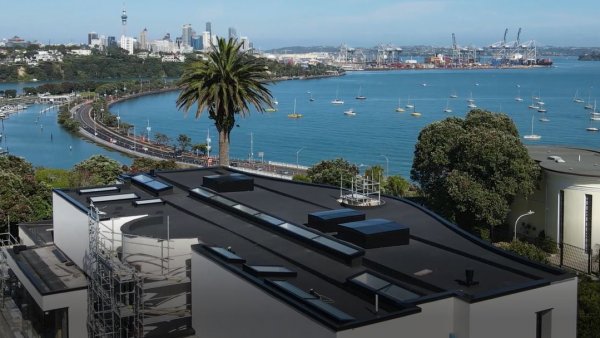
For a robust, reliable and long-lasting membrane, a true two-layer Reinforced Modified Bitumen membrane is recommended. At Nuralite we recommend the use of Nuraply 3PM, our CodeMark certified polymer-enhanced, bitumen-based membrane with a mineral chip cap sheet. It forms a homogenous 7mm-thick membrane that is both durable and flexible. The 3PM (and components) are manufactured in Belgium and are an up-cycled diversion of an existing waste stream. The bitumen-based ingredient is a by-product of the petroleum industry.
TPO Membrane
TPO stands for Thermoplastic Polyolefin. It is a single-layer system that uses thermal welding of lap joints. As such, it can be considered a big step up from tape or adhesive jointed single-layer systems. TPO is manufactured in a single process, joining two separate layers with a reinforcing mesh sandwiched in the middle.
The upper layer incorporates UV stabilisers. It comes in smooth and fleece-back options for adhesive bonding or mechanically fixing to various substrates. A key benefit of TPO is the availability of 3m or 3.6m wide and up to 30m long rolls, which enable the product to be installed with fewer lap joints. Often, gutters will have no lap joints at all. Installation is done without flame which is helpful, especially on renovation jobs. TPO requires a 2° (1:30) minimum fall on roof areas, 1.5° (1:40) for decks and 0.5° (1:100) for gutters.
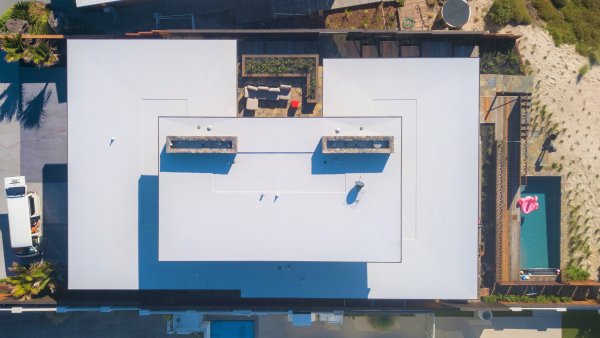
Nuralite has invested in taking our leading TPO applicators to the United States for training, and we have carefully chosen a TPO which scores number one in independent industry UV-aging resistance testing to suit NZ's climate. Nuralite recommends Nuraply TPO, which is only available in light colours, as the best option for single-layer membranes in New Zealand.









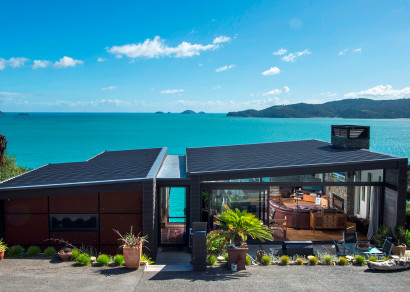



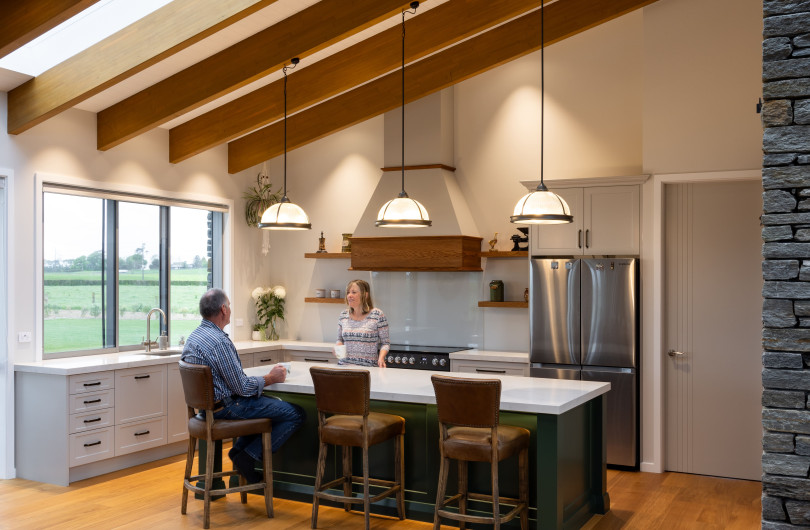
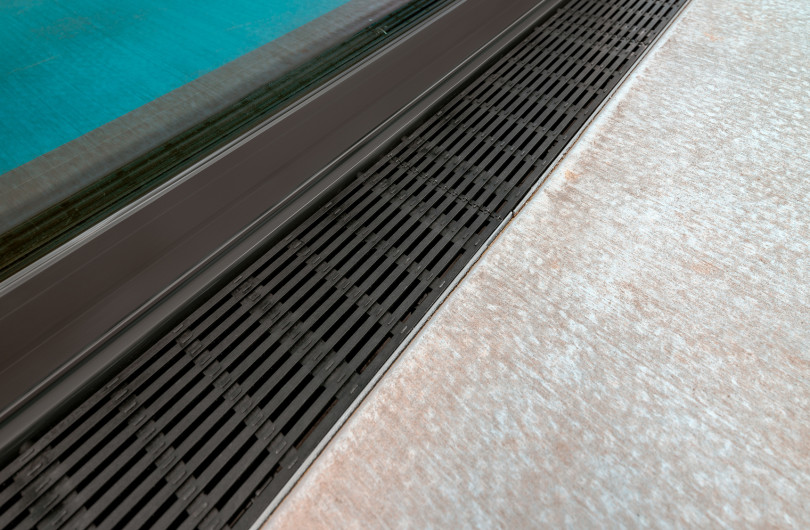

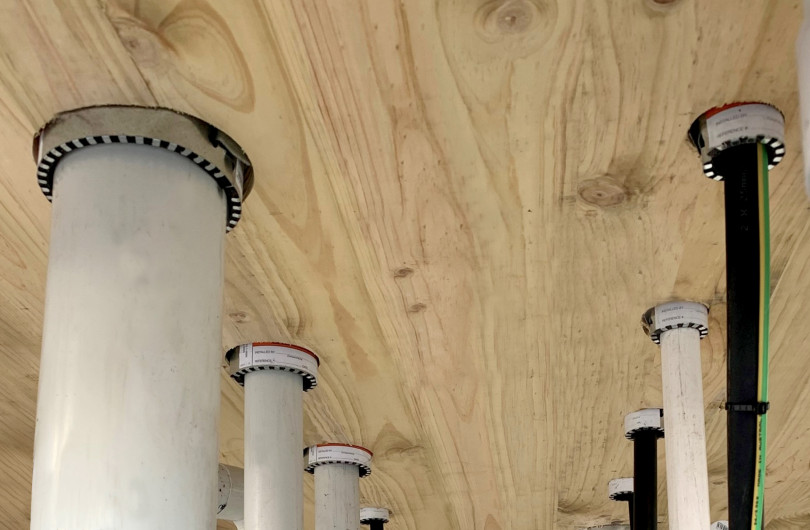

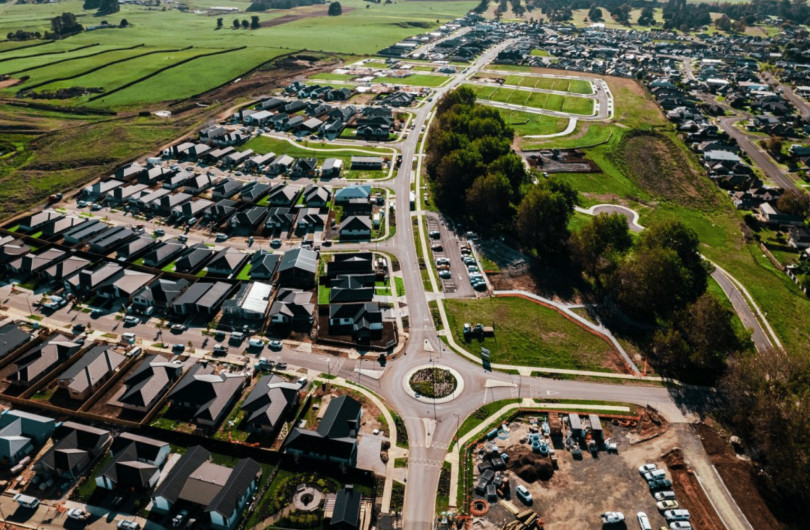

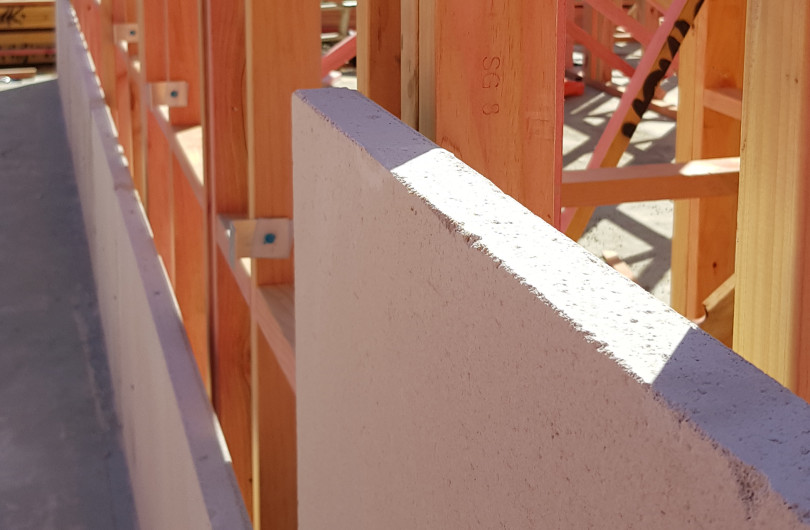



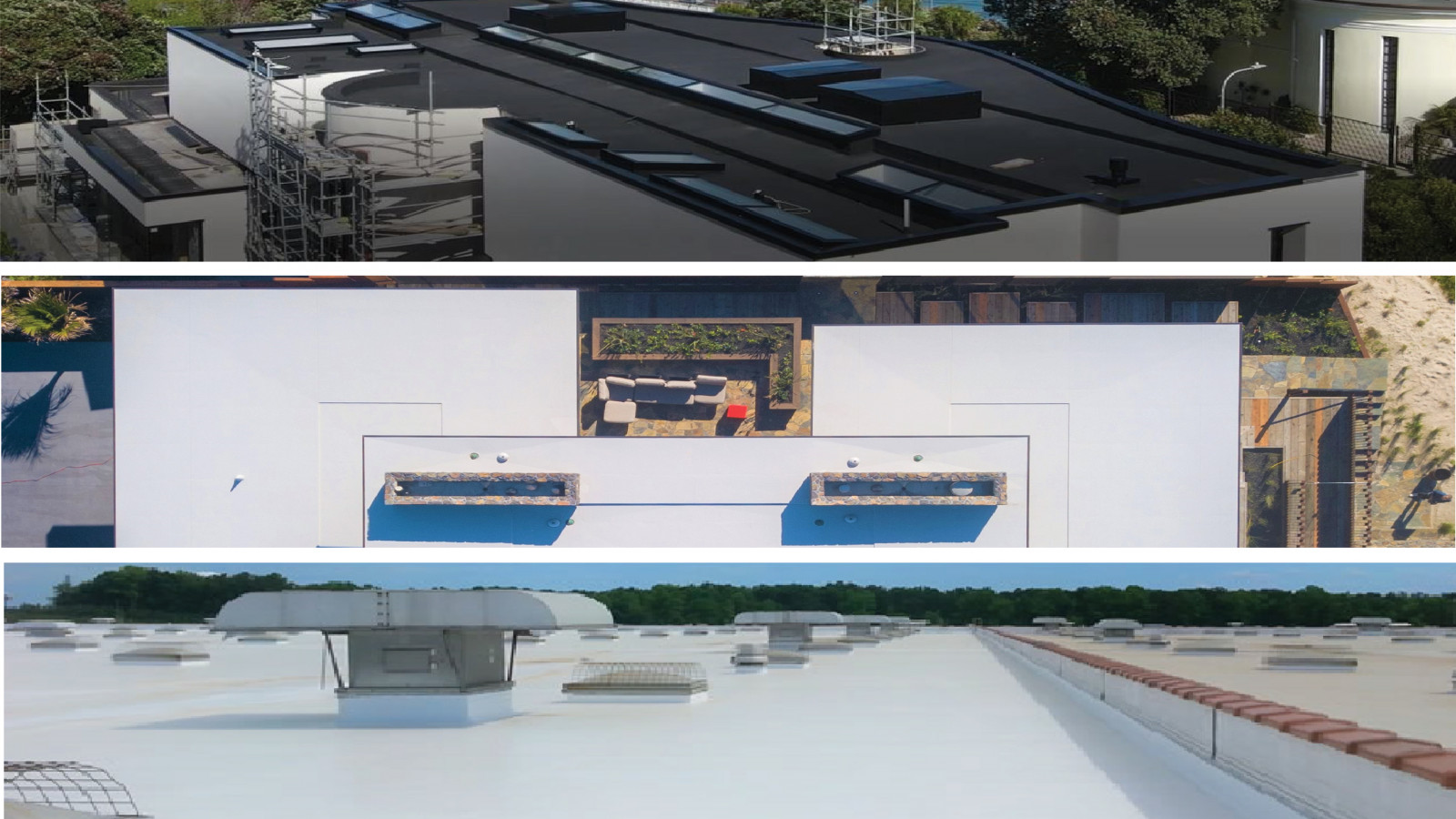



 Most Popular
Most Popular Popular Products
Popular Products



